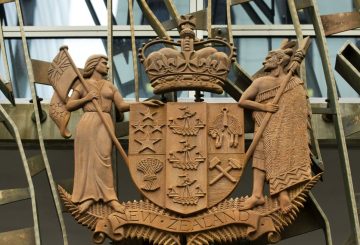The southern part of New Zealand’s South Island experienced the most robust growth in the early part of the year, according to a recent bank research report. However, the report suggests that the rest of the year may not be as promising. The ASB’s regional economic scoreboard revealed a mixed range of activities, including modest increases in house prices and a slight rise in retail spending. However, the report also highlighted a slowing job market and weak migration figures, indicating challenges across the country.
The scoreboard ranks regions based on their year-on-year growth in areas such as employment, building permits, and retail sales. ASB’s chief economist, Nick Tuffley, mentioned some positive aspects like small increases in building permits and a decrease in inflation. However, he also noted that tourism has been underperforming and annual net migration has dropped below 100,000 for the first time since May 2023. He doesn’t expect these conditions to improve until 2025.
Southland made significant progress, moving up 10 places in the growth rankings and surpassing Auckland. Otago remained in second place, while Gisborne/Tairawhiti moved up to third. Tuffley attributes Southland’s rise to strong construction and housing activity, which are the best in the country. He expects this positive trend to continue in the next quarter, thanks to favorable farming conditions.
Meanwhile, Auckland dropped to the fifth spot despite strong population growth and high consumer confidence. Tuffley believes this could be due to the peak in net migration and Auckland residents adjusting their spending to accommodate higher mortgage costs. Wellington also fell a few spots to tenth place, reflecting a decrease in government spending and the country’s only decline in employment.





























































